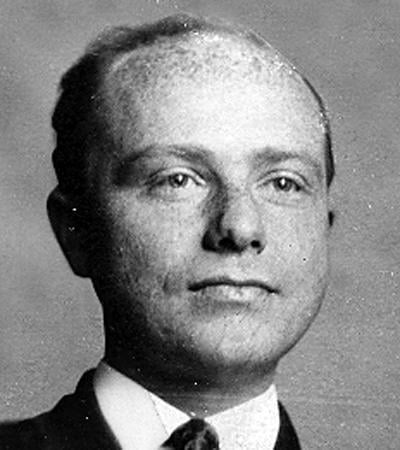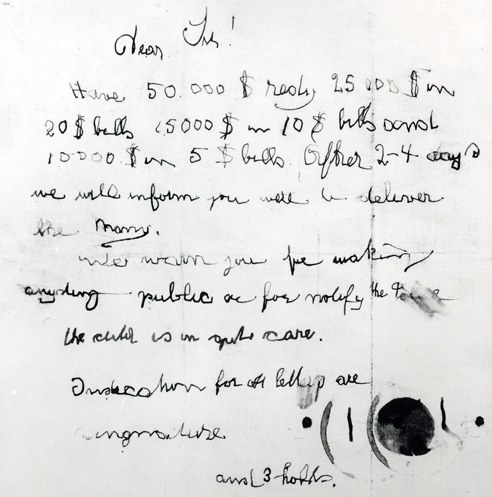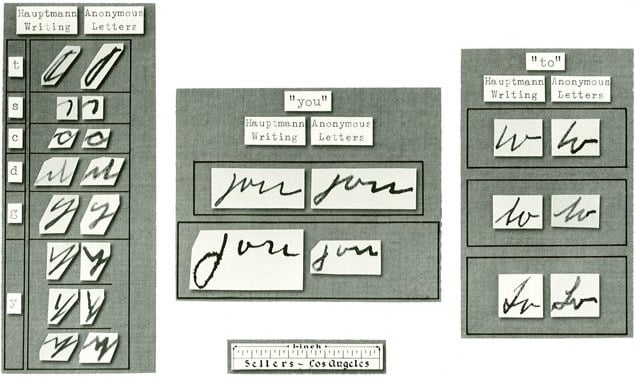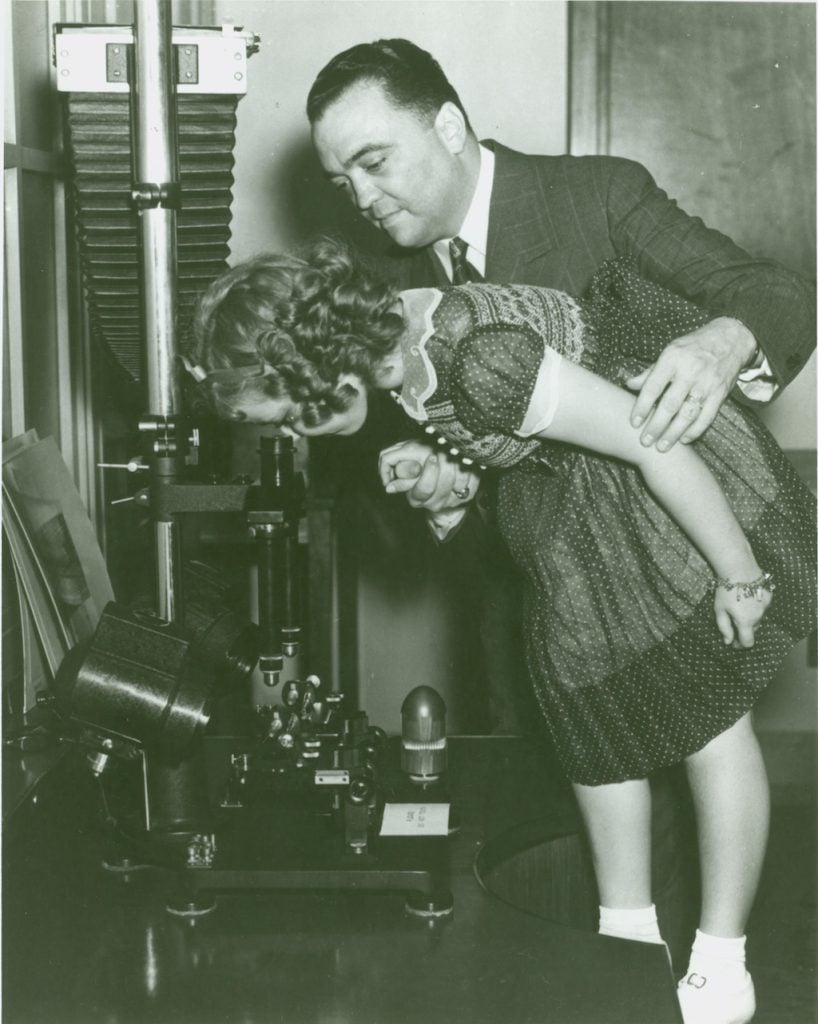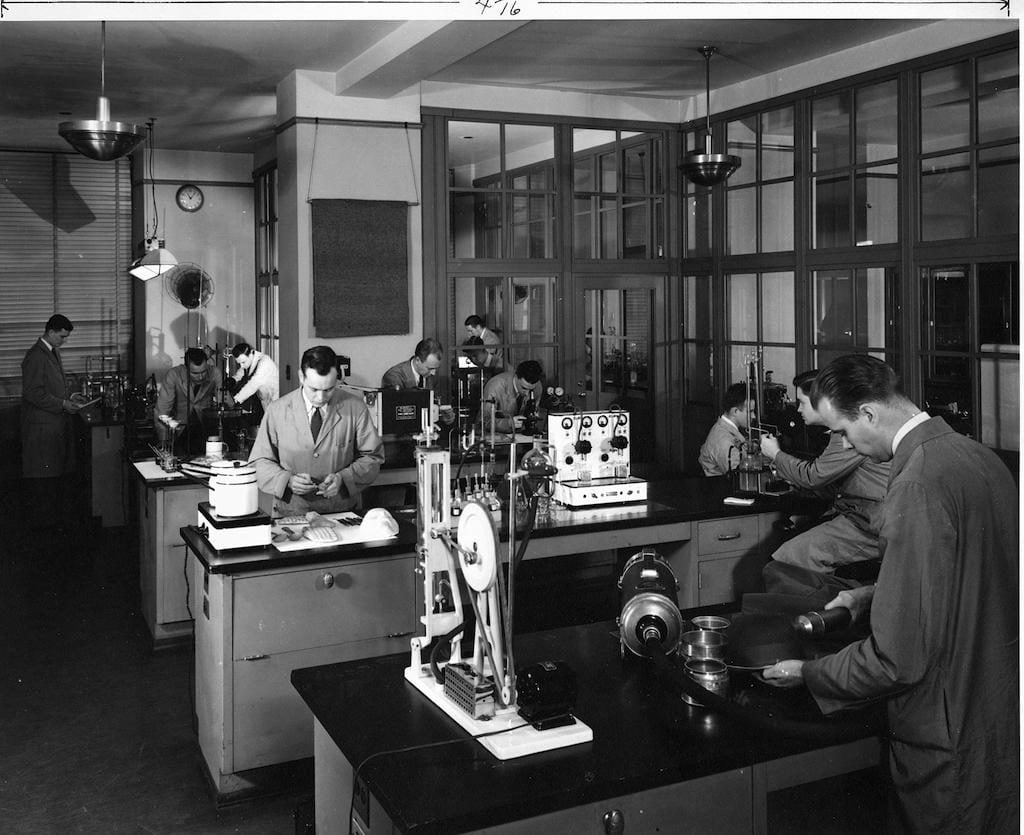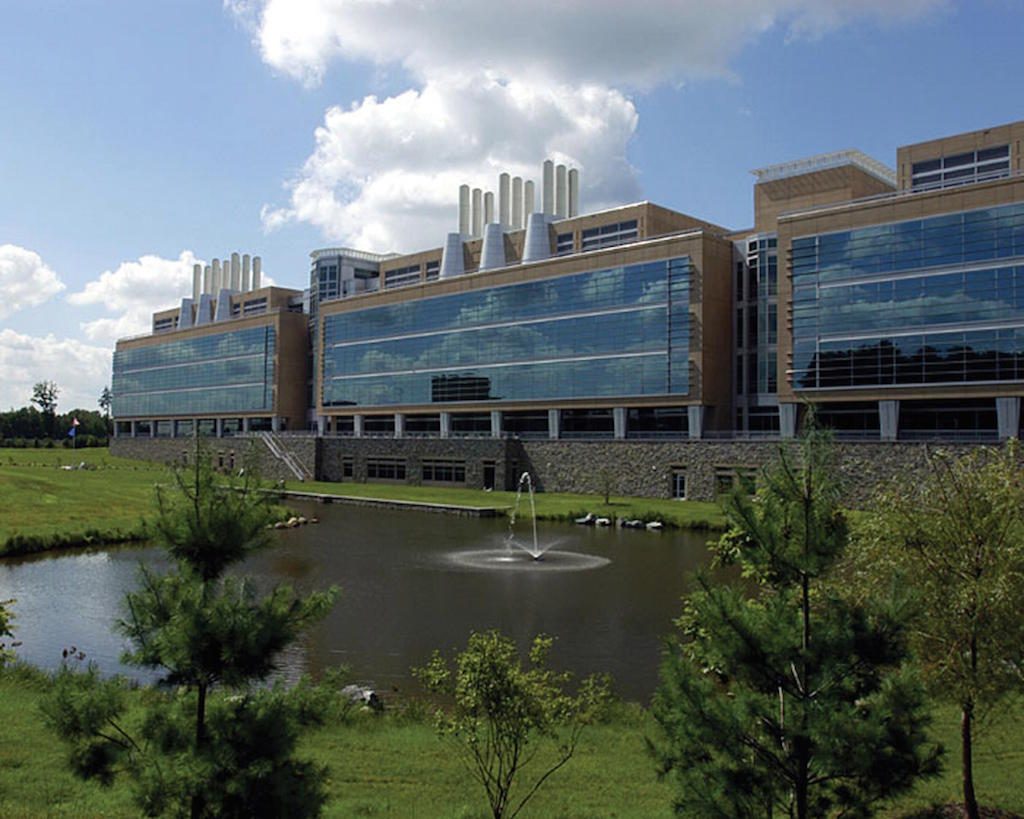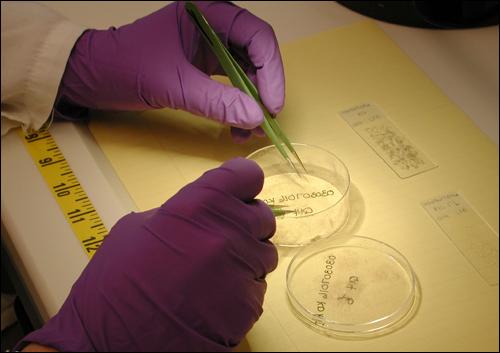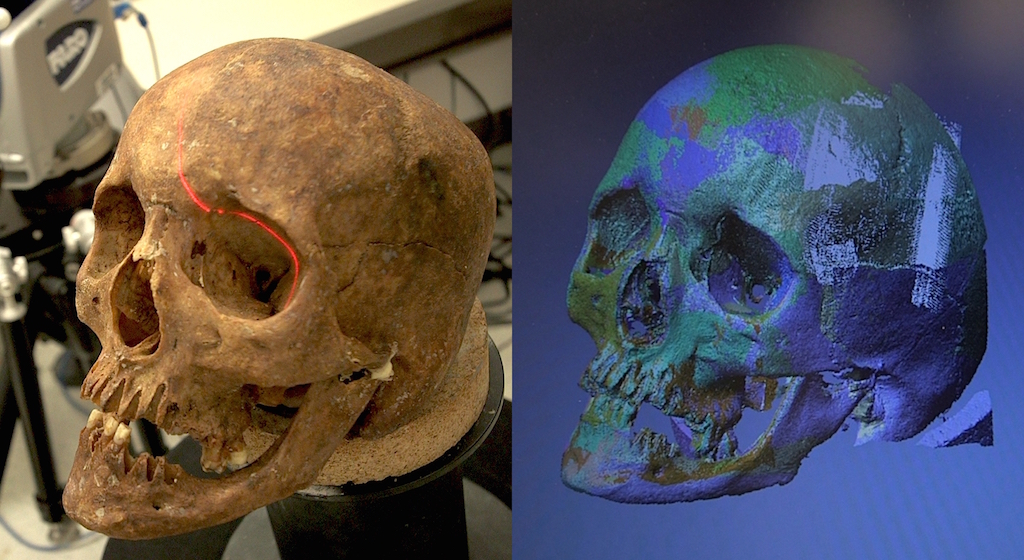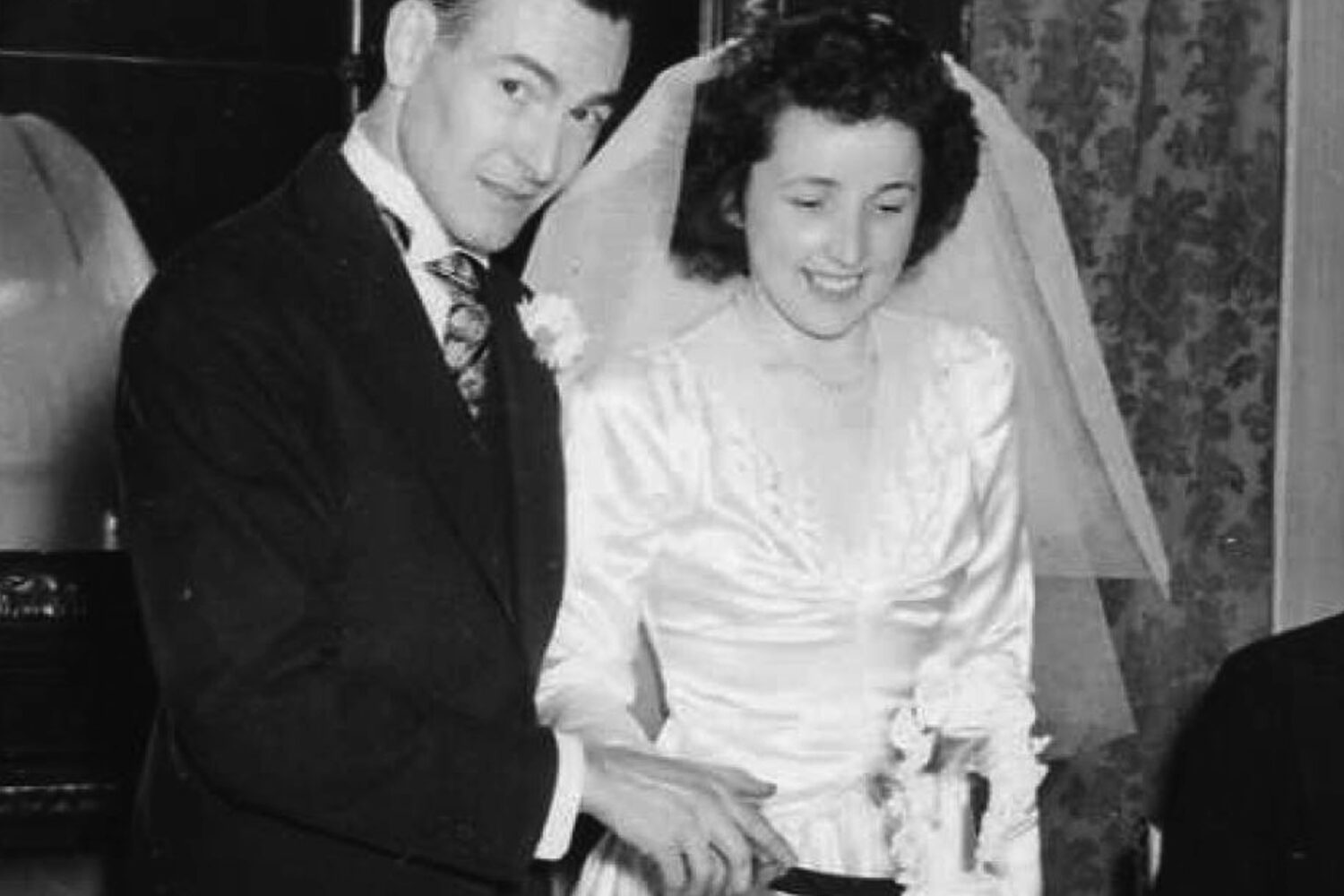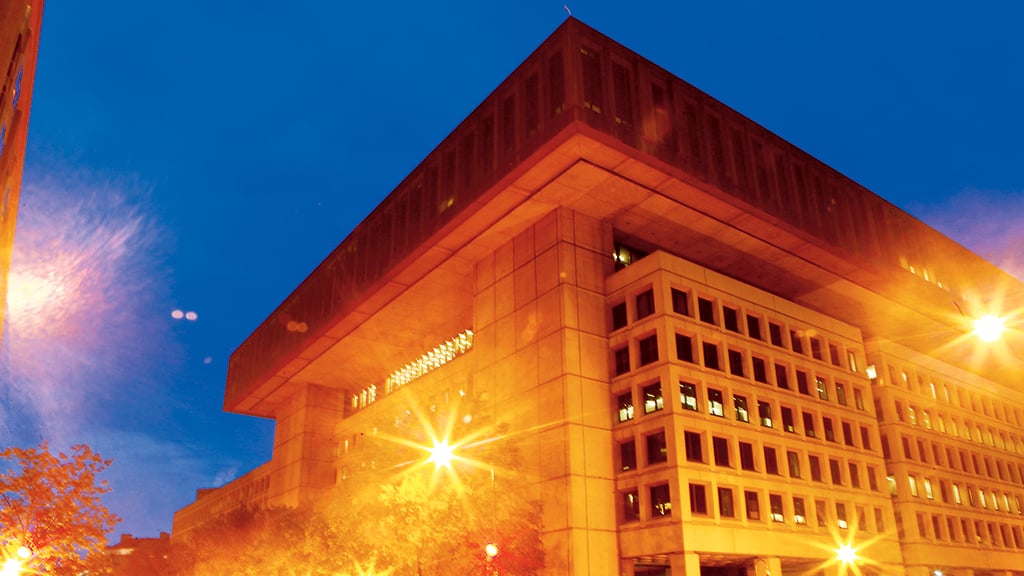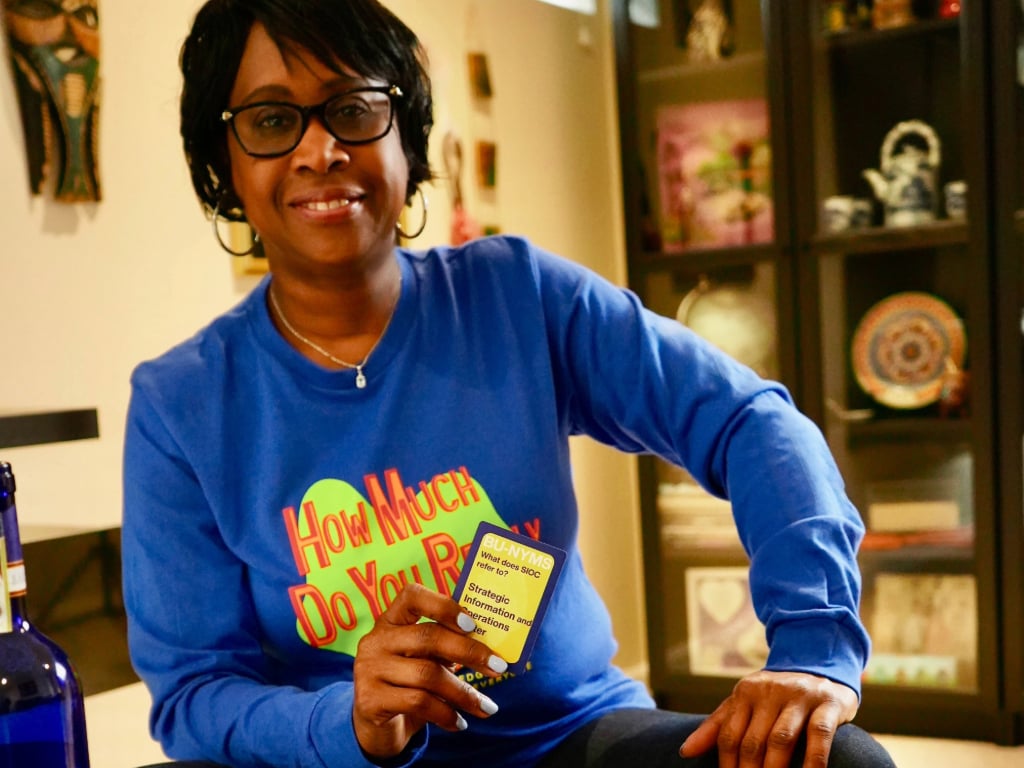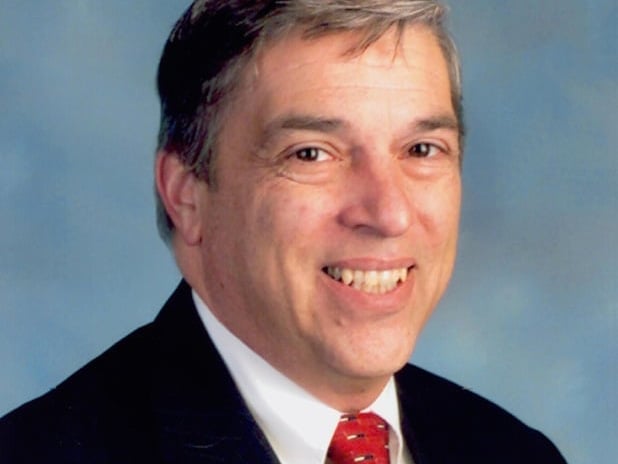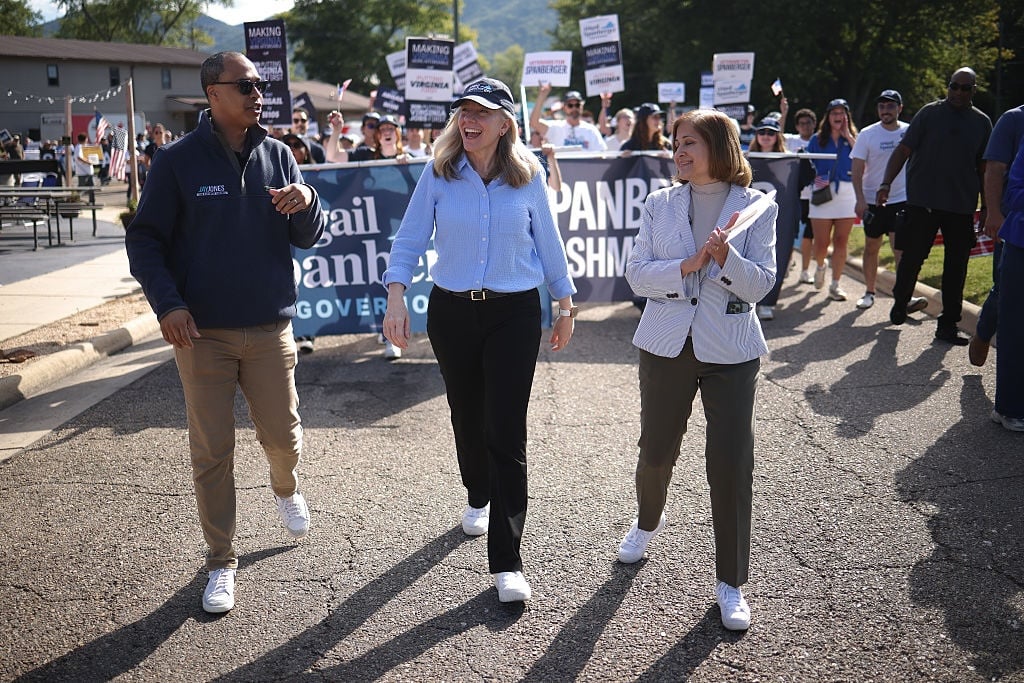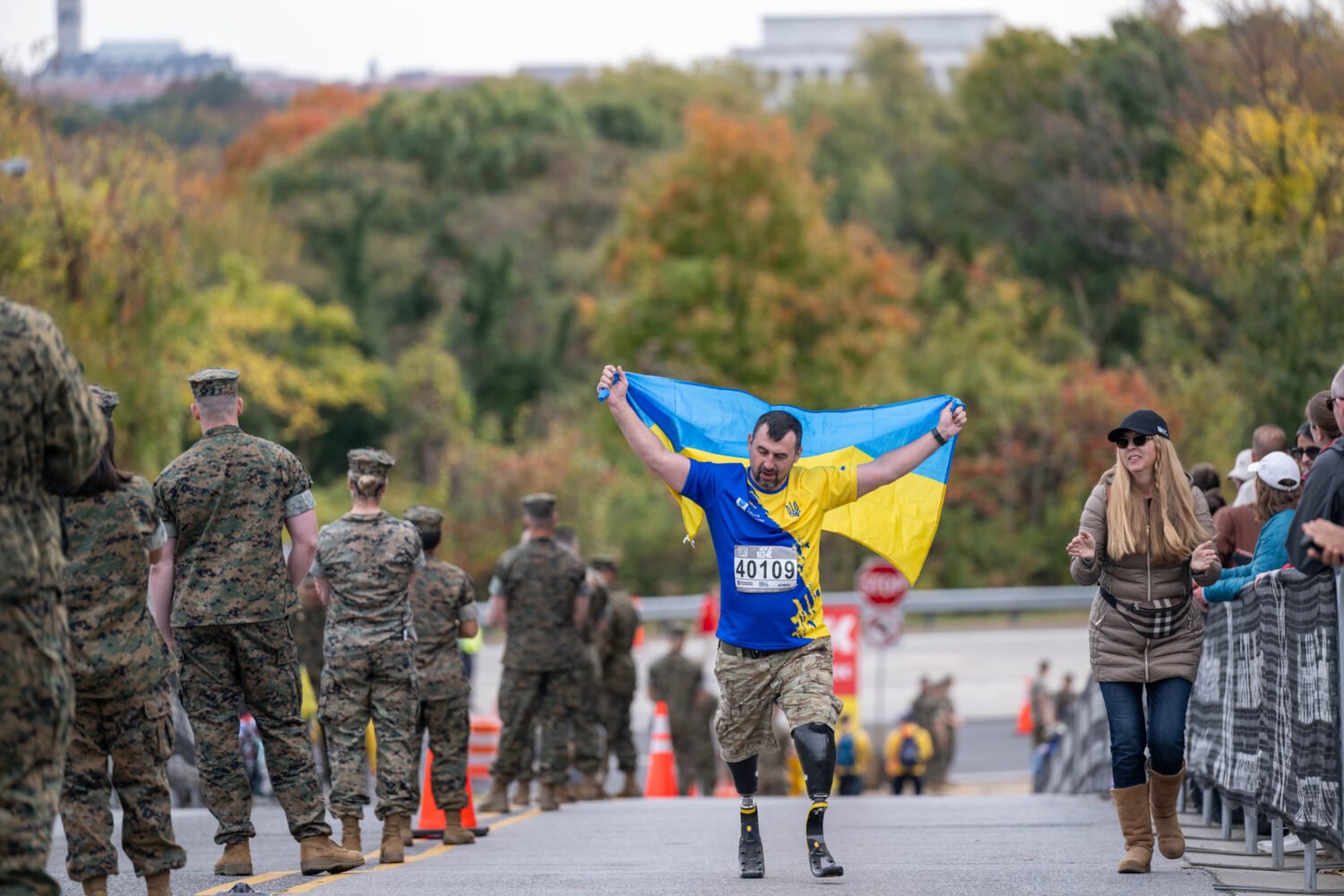From fingerprinting and ballistics to handwriting analysis and moulage, the FBI’s Scientific Crime Detection Laboratory is known for assisting the bureau’s agents in solving high-profile cases.
Established by original FBI Director J. Edgar Hoover, the Criminology Laboratory, as it was known then, was first housed in a single room of the Old Southern Railway Building at 13th St. and Pennsylvania Ave., Northwest. The lab’s work started in September 1932, but opened officially on November 24 of that year. Its first year of work included 963 examinations, including those that led to the capture of Bruno Richard Hauptmann for the kidnapping of the infant son of the aviator Charles Lindbergh.
Charles Lindbergh, Jr. was kidnapped from the Lindbergh family home in Hopewell, New Jersey on March 1, 1932. Leaving behind a handwritten ransom note and ladder, the kidnapper ultimately killed the infant, whose body was found on May 12,.
Equipped with only an ultraviolet light machine, microscope, moulage kit, wiretapping kit, and general office supplies; the lab had only one full-time employee, Special Agent Charles Appel. Using the limited resources, Appel analyzed the handwriting of the 13 ransom notes received by the Lindbergh’s with samples from 300 suspects. While the process took many months, Appel was eventually able to identify Hauptmann as the culprit.
The lab, which now includes about 500 bureau employees, moved to its current location in Quantico in 2003..
Check out these photos of the lab then and now:
